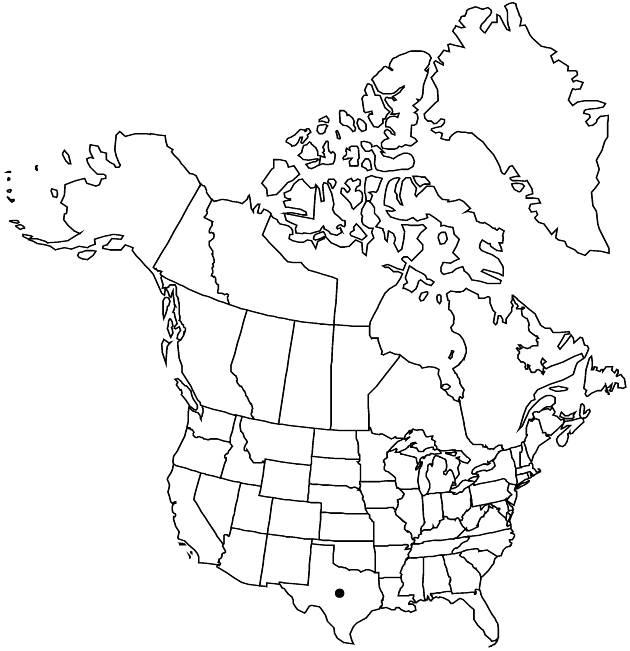Gaillardia amblyodon
Ann. Sci. Nat., Bot., sér. 2, 12: 62. 1839.
Annuals, 20–45+ cm. Leaves cauline; petiolar bases 0–3+ cm; blades oblanceolate, oblong, or spatulate, 2–6 cm × 6–24 mm, (bases of distal ± clasping) margins usually entire or obscurely toothed, rarely lobed, faces scabrellous and/or ± villous (hairs scattered, jointed). Peduncles 5–10(–15) cm. Phyllaries 22–32, lanceolate to lance-attenuate, 7–15 mm, ciliate with jointed hairs. Receptacular setae 2.5–3 mm. Ray florets 8–12; corollas mostly bright red to dark purple, rarely yellow, 15–25 mm. Disc florets 30–60+; corollas yellow with purple tips, tubes 1.5 mm, throats narrowly cylindric, 4.5 mm, lobes ovate-deltate, 0.5–1 mm, jointed hairs more than 0.3 mm. Cypselae dimorphic: the peripheral usually ± obcompressed-clavate, 2–4+ mm, glabrous or nearly so, with pappi of (6–)8+, muticous scales 0.1–0.3+ mm; the inner obpyramidal, 2–3 mm, hairs 1–3 mm, inserted at bases and on angles, with pappi of 8–12 lanceolate, aristate scales 5–6 mm (scarious bases 2.5–3 × 0.5–1 mm). 2n = 34.
Phenology: Flowering Apr–Jul.
Habitat: Open places on sandy soils
Elevation: 10–100+ m
Discussion
Gaillardia amblyodon may prove to be not distinct from G. pulchella at species rank.
Selected References
None.
